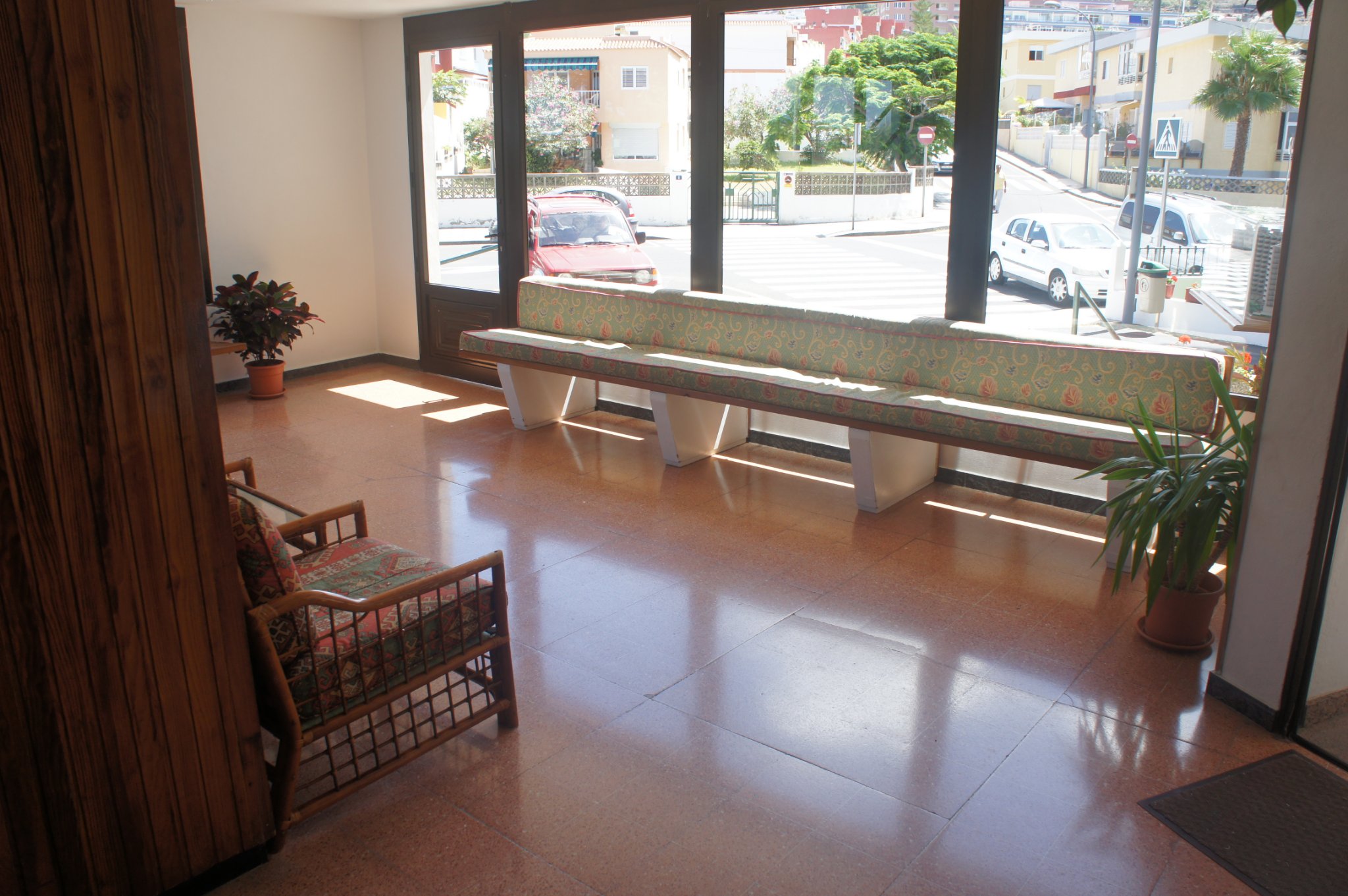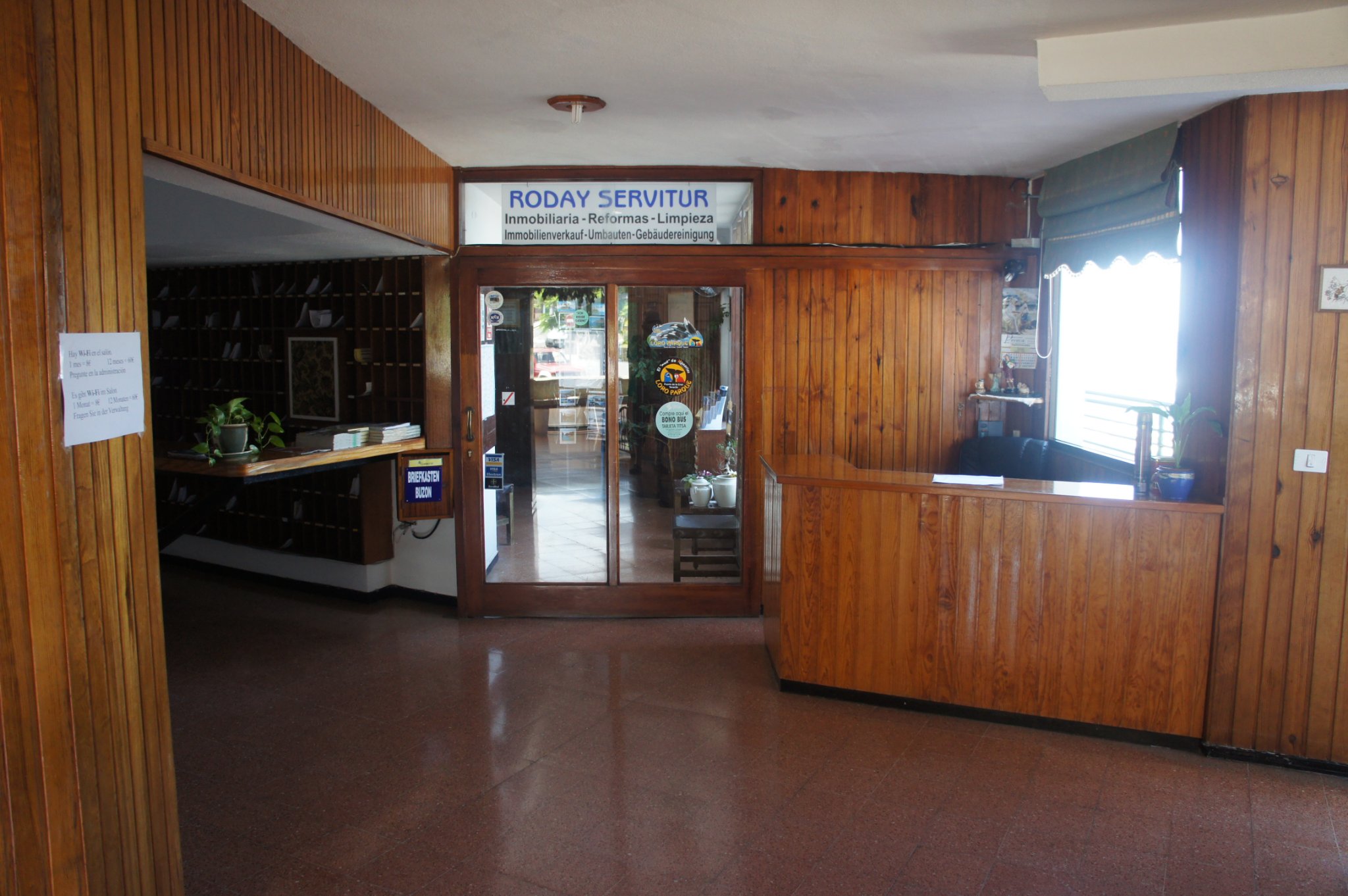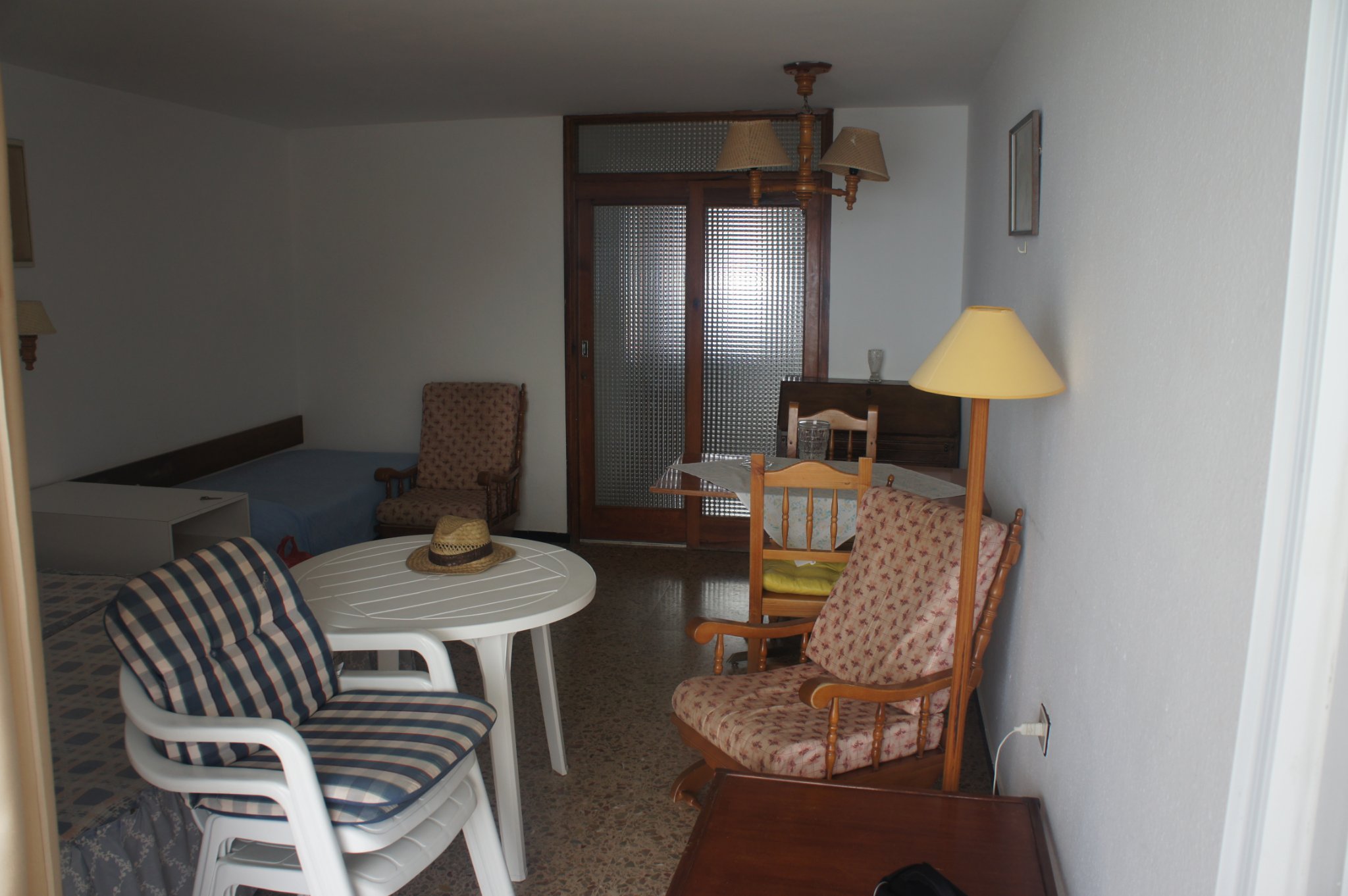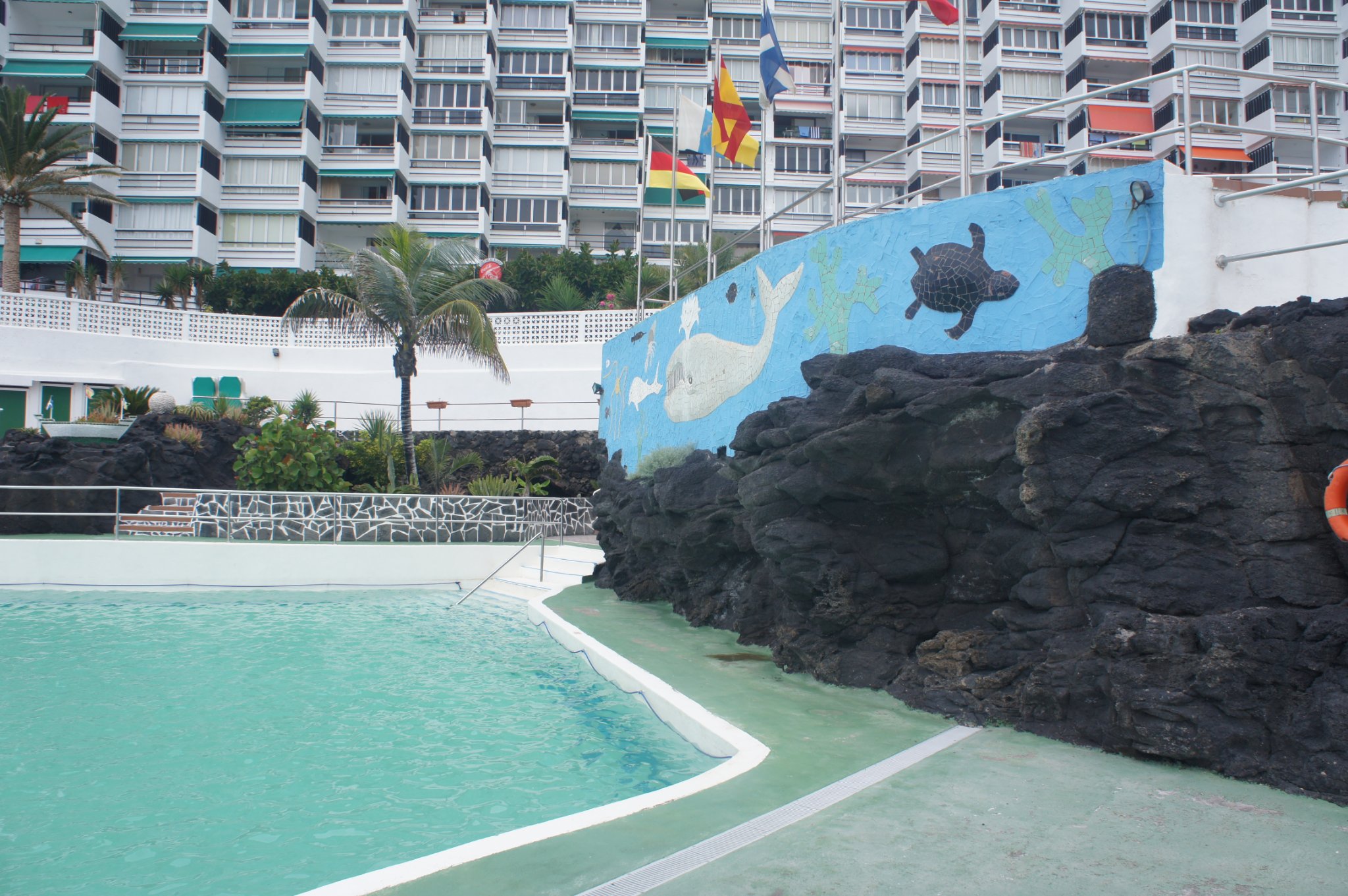Altagay, Punta del Hidalgo, Tenerife Norte, september 2011





This building in Bajamar I always watched from our apartment 407 in Altagay. In my imagination it grew to mythical dimensions. Only in 2011, I was able to take pictures of it.

For some reason this panorama fed my Atlantis imagination. Pic: 8 september 2011, Altagay, Punta del Hidalgo, Tenerife.

Altagay = “tla” in Atlantis, means to lift up as king Atlas carried the sun on his shoulders. Tal-mai a nephilim in the Bible, Numbers 13:22, Judges 1:10, Joshua 15:14.
* * *
Uit mijn boek: Atlantis in de Bijbel, hoofdstuk 125
My Friend the Wind (Demis Roussos)
Paul Gauguin schreef in zijn brieven vanuit Tahiti dat hij verder terug in de tijd wilde ‘dan de paarden van het Pantheon’ (Gombrich, 1967, p. 445). Hij noemde het ‘hobbelpaard van zijn kinderjaren’ (Gombrich, 1967, p. 445). Was het hobbelpaard van onze kinderjaren er inderdaad eerder dan de paarden van het Pantheon? Was Christus er in blauwdruk eerder dan Adam? Het antwoord op het laatste is in elk geval “ja”. Toen God Adam schiep, had Hij Christus al in gedachte. Christus was immers de laatste Adam (1 Korinthe 15:45). De uitspraak van Paul Gauguin had misschien eerder te maken met een streven naar een kinderlijke eenvoud in de kunst (Gombrich, 1967, p. 445). In die kinderlijke eenvoud ontmoetten de kunst en het mystieke zich waarschijnlijk (Gombrich, 1967, p. 456). Schilders als ‘Kandinsky, Klee en Mondriaan’ zochten in hun werken naar een ‘goddelijke waarheid’ (Gombrich, 1967, p. 456). Hadden ze het principe van de aionen gekend, dan waren hun kunstuitingen misschien totaal anders geweest. Monya A. Stubbs schreef dat de manier waarop ‘kunstenaars’ over ‘negatieve en positieve ruimte’ ‘discussiëren’, de apostel Paulus over ‘God en de menselijke relatie’ schreef (Stubbs, 2013, p. 77 – op deze pagina staat nog een leuke oefening voor de handen). De manier waarop Plato over Atlantis schreef, had ook iets kinderlijks. Laten we Atlantis eens reduceren tot enkele simpele beschrijvingen. In Kritias 108 lezen we hoe het oorlogszuchtige Atlantis de kusten van de Middellandse Zee bedreigde. Soldaten dragen camouflagekleding met een takkenbos op hun helmen. Was Atlantis de camouflage op de helm van een soldaat? Was Atlantis helemaal geen eiland maar een personage? Misschien wel. En wie was die persoon of personage? Volgens mij kennen we hem nog uit Genesis 3. Zijn naam is Satan. Jezus noemde hem in Lucas 10:18. In 1 Kronieken 21:1 werd hij voor het eerst bij de naam genoemd. Hij is niet alleen de geheime naam van Atlantis maar tevens de honderdste naam voor Allah. En don’t blame the messenger. De mythe maakte van de Bijbelse aionen een hiernamaals waarin het leven na dit leven verder ging. In Spreuken 23:18 betekent het woord acharith niet hiernamaals maar “hierna”, simpelweg het leven in de toekomende aionen.
Muziek
Als kind koppelde ik Atlantis in mijn overdadige fantasie aan de tikje magische muziek van Julio Iglesias, Un Canto a Galicia of aan My Friend The Wind van Demis Roussos of aan Fernando van ABBA. Pas onlangs begreep ik dat de namen Galicia en Galilea op elkaar leken. Het zal toch niet zo zijn dat Julio Iglesias de basis voor mijn latere bekering legde. Hij had zeker een magisch gevoel in mijn jeugdige bovenkamer los gepeuterd. Zoals Jezus de gelovigen opdroeg om het woord van God te aanvaarden zoals een kind dit deed (Lucas 18:17), zo had Babylon ook een kinderlijke tik in de mythe aangebracht. Wetenschappers en archeologen zullen Atlantis nooit vinden als ze voorbij gaan aan het Alice in Wonderland achtige sprookjeskarakter van Eindtijd Babylon. We noemden al de Nursery Rhymes – de Britse kindergedichten – die door de eeuwen heen een naslagwerk gingen vormen. Eén van die gedichten was How Many Miles to Babylon? In Jeremia 51:7 lezen we dat Babylon de wereld dronken maakt. Gaat de antichrist de wereld straks met “muziek” verleiden?
* * *
From my book: Atlantis in the Bible, chapter 125
My Friend the Wind (Demis Roussos)
Paul Gauguin wrote in his letters from Tahiti that he wanted to go further back in time “than the horses of the Pantheon” (Gombrich, 1967, p. 445). He called it “childhood rocking horse” (Gombrich, 1967, p. 445). Was the rocking horse of our childhood really there before the horses of the Pantheon? Was Christ in blueprint before Adam? In any case, the answer to the latter is “yes”. When God created Adam, He already had Christ in mind. After all, Christ was the last Adam (1 Corinthians 15:45). Paul Gauguin’s statement may rather have to do with an aspiration for a childlike simplicity in art (Gombrich, 1967, p. 445). Art and the mystical probably met in this childlike simplicity (Gombrich, 1967, p. 456). Painters like “Kandinsky, Klee and Mondrian” looked for a “divine truth” in their works (Gombrich, 1967, p. 456). Had they known the principle of the eons, their art might have been completely different. Monya A. Stubbs wrote that the way in which ‘artists’ ‘discuss’ ‘negative and positive space’, the apostle Paul wrote about ‘God and the human relationship’ (Stubbs, 2013, p. 77 – this page contains another nice exercise for the hands). There was also something childish about the way Plato wrote about Atlantis. Let’s reduce Atlantis to a few simple descriptions. In Kritias 108, we read how warlike Atlantis threatened the shores of the Mediterranean. Soldiers wear camouflage clothing with a bundle of branches on their helmets. Was Atlantis the camouflage on a soldier’s helmet? Was Atlantis not an island at all but a character? Maybe. And who was that person or character? I think we know him from Genesis 3. His name is Satan. Jesus mentioned him in Luke 10:18. He was first mentioned by name in 1 Chronicles 21: 1. He is not only the secret name of Atlantis but also the hundredth name for Allah. And don’t blame the messenger. The myth turned the Biblical eons into an afterlife in which life continued after this life. In Proverbs 23:18, the word acharith does not mean hereafter but “hereafter,” simply life in the eons to come.
Music
As a child I linked Atlantis in my lavish fantasy to the touch of magical music by Julio Iglesias, Un Canto a Galicia or to My Friend The Wind by Demis Roussos or to Fernando from ABBA. Only recently did I understand that the names Galicia and Galilee were similar. Surely it is not the case that Julio Iglesias laid the foundation for my later conversion. He certainly had a magical feeling in my youthful upstairs room. Just as Jesus instructed believers to accept the word of God as a child did (Luke 18:17), so Babylon had added a childlike slap to the myth. Scientists and archaeologists will never find Atlantis if they pass by the Alice in Wonderland-esque fairytale character of End-time Babylon. We have already mentioned the Nursery Rhymes – the British children’s poems – which have become a reference work over the centuries. One of those poems was How Many Miles to Babylon? In Jeremiah 51: 7 we read that Babylon makes the world drunk. Is the antichrist going to seduce the world with “music”?